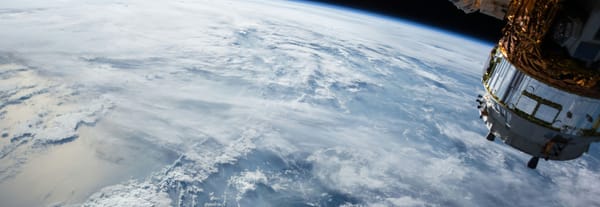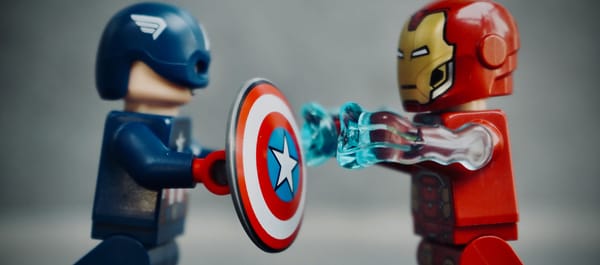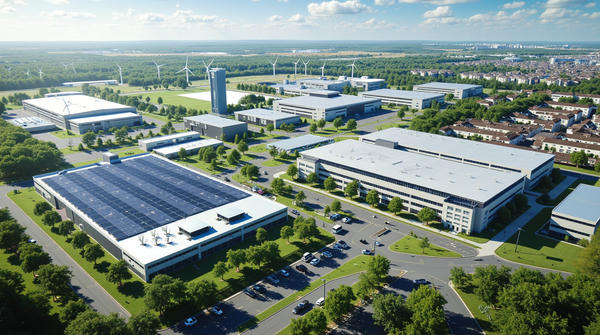Certification of Origin and PPA: The Complete Guide to 100% Renewable Sourcing

Did you know that in Europe, around 40% of the electricity consumed in 2022 will come from renewable sources? 🌍 Yet when it comes to choosing truly green energy, consumers and businesses often face complex questions: how can we be sure that the energy is 100% renewable? How can we ensure that our choices contribute to the energy transition and not to greenwashing? 🔍 The debate is open. Between certificates of origin and renewable energy purchase agreements (PPAs), let's take stock of these key tools for transparent, sustainable energy sourcing.
Guarantees of origin: a guarantee or an illusion?
Guarantees of Origin are a European system that certifies that the electricity purchased by a consumer comes from a renewable source. In concrete terms, for each megawatt-hour of green electricity produced, a certificate is issued. But this system is not without its critics.
- Advantage: Certificates enable companies and individuals to indirectly support renewable energies, even if the electricity they consume physically comes from a general grid mix.
- Limitation: Some complain of a disconnect between the production and consumption of green energy. Buying a certificate does not guarantee that the "green" electricity was consumed when or where it was produced.
For example, in 2021, an investigation revealed that some companies were buying cheap certificates from old hydroelectric plants in Norway, without really contributing to the development of new renewable infrastructures.
PPAs: a tailor-made solution for companies
Power Purchase Agreements (PPAs) are long-term contracts between a renewable energy producer and a consumer (often a company). They enable the direct financing of renewable energy projects while securing a fixed-price supply.
- Economies of scale: Companies can make multi-year commitments, reducing their dependence on market fluctuations.
- Direct impact: Unlike certificates of origin, PPAs guarantee concrete support for the construction of new renewable infrastructures.
An inspiring example? In Spain, a major multinational signed a PPA to power its factories with energy from a 200 MW solar farm. The result: a reduction in its carbon footprint and a boost to the local economy. ✅
An interesting debate between several specialists on PPPs and self-consumption
Energy transition in Europe: collective efforts
In addition to tools such as certificates and APPs, several European initiatives are pointing the way to 100% renewable sourcing:
- Germany, leader in wind power: With over 63 GW of installed capacity, the country continues to invest massively in wind power, combining local production with the export of certificates.
- Citizen solar farms in France: participatory projects enable citizens to co-finance photovoltaic power plants, strengthening local acceptance and financing of green energy. 🌞
- Energy storage: Pilot projects, such as those in Sweden, are exploring advanced battery solutions to stabilize the grid and maximize the use of renewables.
What role can you play?
The energy transition is everyone's business. Whether you're an individual, a small business or a large corporation, your choices count. Are you already using solutions to guarantee the renewable origin of your energy? Are you ready to invest in concrete projects like PPAs? 🤔
By sharing your ideas and starting discussions around you, you can help speed up this transition. So, what do you think? What do you think are the best ways to ensure 100% renewable energy sourcing? 💡
Examples of projects illustrating 100% renewable sourcing solutions in Europe
- Kriegers Flak offshore wind farm (Denmark)
- Núñez de Balboa solar farm (Spain)
- Vianden hydroelectric power station (Luxembourg)
- Battery storage project in Sweden (Northvolt)
These projects show how different European countries, with different backgrounds and resources, are contributing to a sustainable energy future.



